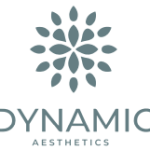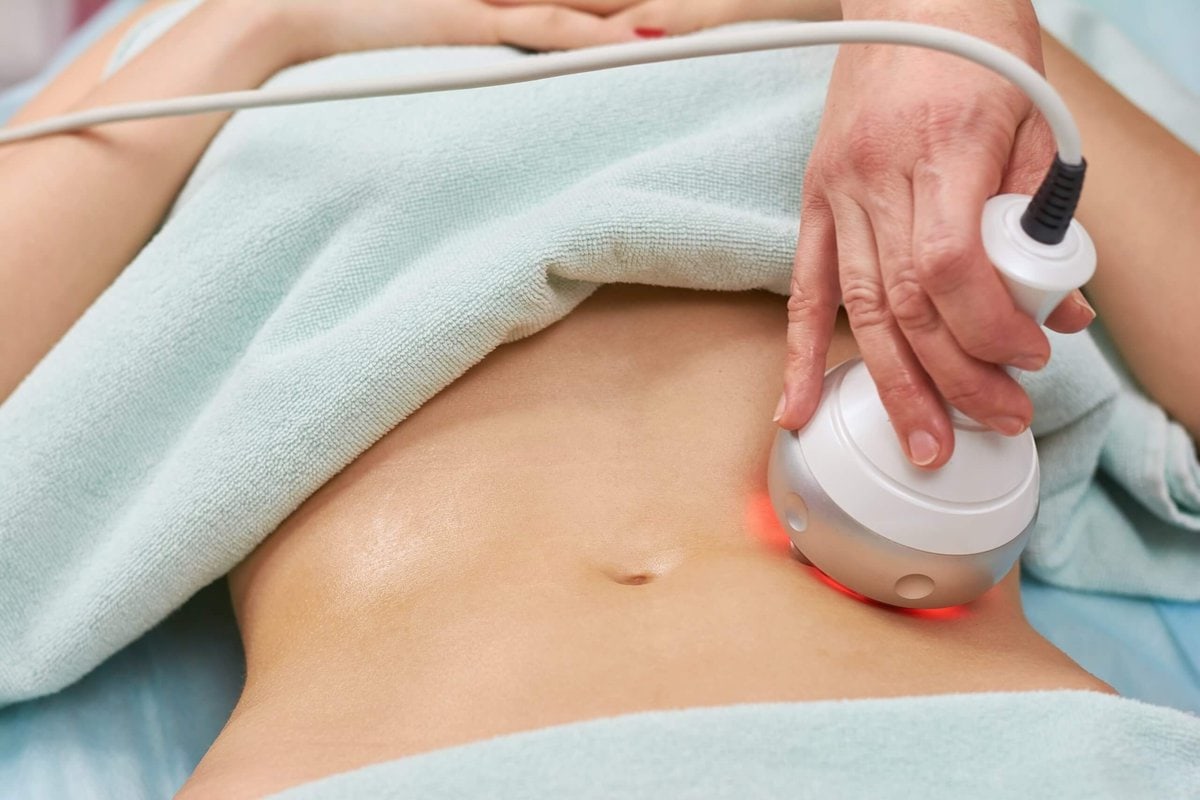As we age, our skin naturally loses its elasticity, resulting in sagging, fine lines, and wrinkles. While various treatments and products promise to restore youthful, firm skin, many are temporary or involve invasive procedures. Among the non-surgical options, Ultherapy has gained attention for its ability to rejuvenate the skin without downtime or surgery. But is this treatment the best option for your skin concerns? Here, we’ll take an in-depth look at what Ultherapy is, how it works, and who may benefit from this innovative treatment. Let's explore Ultherapy Treatment.
What is Ultherapy?
Ultherapy is an FDA-approved, non-invasive treatment that uses focused ultrasound energy to lift and tighten the skin. Unlike lasers or other skin treatments, Ultherapy specifically targets deeper layers of the skin, bypassing the surface. It delivers ultrasound waves to the foundational layers of the skin, where collagen production occurs, stimulating a natural regenerative process. This approach aims to improve the structure and firmness of the skin, particularly in areas prone to sagging, such as the brow, chin, neck, and décolletage.
How Ultherapy Works
The secret behind Ultherapy’s success lies in its use of ultrasound technology. This method delivers heat to precise depths within the skin, encouraging the production of new collagen—a protein essential for skin elasticity and strength. As collagen forms over time, it gradually lifts and tightens the treated areas, giving the skin a firmer, more youthful appearance. The results aren’t immediate but tend to develop over two to three months, as collagen production increases. Many patients see noticeable changes that continue for up to six months.
Who Should Consider Ultherapy?
Ultherapy is a suitable choice for individuals experiencing mild to moderate skin laxity. This treatment is particularly popular among those who want to address early signs of aging but are not ready for invasive procedures, such as facelifts or neck lifts. Ideal candidates are typically in their 30s or older, showing visible signs of aging but with some remaining elasticity in their skin. Ultherapy can be an excellent alternative for those with sagging around the brow, jowls, or under the chin, and even for those looking to smooth out fine lines on the chest.
However, not everyone may be a candidate for Ultherapy. People with severe skin sagging may not see the desired results and might require more intensive treatments to achieve significant lifting. Additionally, if you have very thin skin or specific skin conditions, it’s important to consult with a dermatologist or cosmetic professional to determine if Ultherapy is suitable for you.
Expected Results of Ultherapy
One of the appealing aspects of Ultherapy is that it allows for subtle, natural-looking results without the drastic changes that can sometimes accompany surgical procedures. Patients can typically expect firmer, tighter skin, with the most notable results occurring around the lower face, neck, and brow areas. While Ultherapy does not produce the same results as a facelift, it can offer a noticeable improvement that enhances a more youthful appearance.
For some, results are visible as early as two to three months after treatment. However, because Ultherapy stimulates the body’s natural collagen production, full results may continue to improve over the following six months. While it doesn’t completely halt the aging process, Ultherapy can effectively slow it down, offering a refreshed look that lasts for up to a year or more, depending on individual skin types and aging factors.
What to Expect During Ultherapy Treatment
The Ultherapy procedure typically takes between 30 to 90 minutes, depending on the area being treated. Before starting, a topical numbing cream may be applied to the skin to reduce any discomfort. During the procedure, an ultrasound applicator is placed on the skin, delivering precise amounts of energy at targeted depths. Some patients report mild tingling or heat sensations, though these effects are generally well-tolerated.
After the treatment, most individuals can return to their daily activities with minimal recovery time. There may be some mild swelling, redness, or tingling, but these side effects usually resolve within a few hours to a couple of days. Unlike invasive treatments, Ultherapy doesn’t involve incisions or stitches, making it an attractive option for those who prefer minimal downtime.
Potential Side Effects of Ultherapy
Although Ultherapy is generally considered safe, it’s essential to understand that side effects can still occur. Some patients experience temporary redness, swelling, or tenderness in the treated area, which typically resolves within a few days. In rare cases, numbness or slight bruising may persist for a longer period but is usually not permanent.
It’s important to have realistic expectations and consult with a licensed practitioner who can address any concerns about potential risks. Discussing your medical history and any skin conditions beforehand will also help minimize complications and ensure the treatment is safe and effective.
How to Decide If Ultherapy is Right for You
Deciding whether Ultherapy is right for you depends on your skin concerns, lifestyle, and expectations. If you’re seeking a subtle lift and firmness with minimal downtime, Ultherapy could be a good match. It works well for those aiming to address early to moderate signs of aging without a dramatic transformation or lengthy recovery time. However, if you desire more pronounced lifting, it may be worth exploring other options, as Ultherapy offers gradual, natural-looking changes rather than an immediate or intense lift.
Scheduling a consultation with a qualified practitioner is the best way to evaluate if Ultherapy aligns with your goals. A professional can assess your skin type, discuss your concerns, and help set realistic expectations for what the treatment can achieve. By evaluating these factors, you can make an informed decision about whether Ultherapy is the right choice for your skin needs.
Final Thoughts
Ultherapy offers a non-surgical way to address skin aging and achieve a natural, lifted appearance. While it isn’t a substitute for surgery, its ability to stimulate collagen production and firm up lax skin has made it a popular option for those seeking subtle improvements. Ultimately, choosing the right treatment comes down to understanding your unique skin needs, your tolerance for downtime, and your aesthetic goals. By weighing these factors carefully, you can determine if Ultherapy is the ideal solution for your journey toward youthful, resilient skin.






Comments